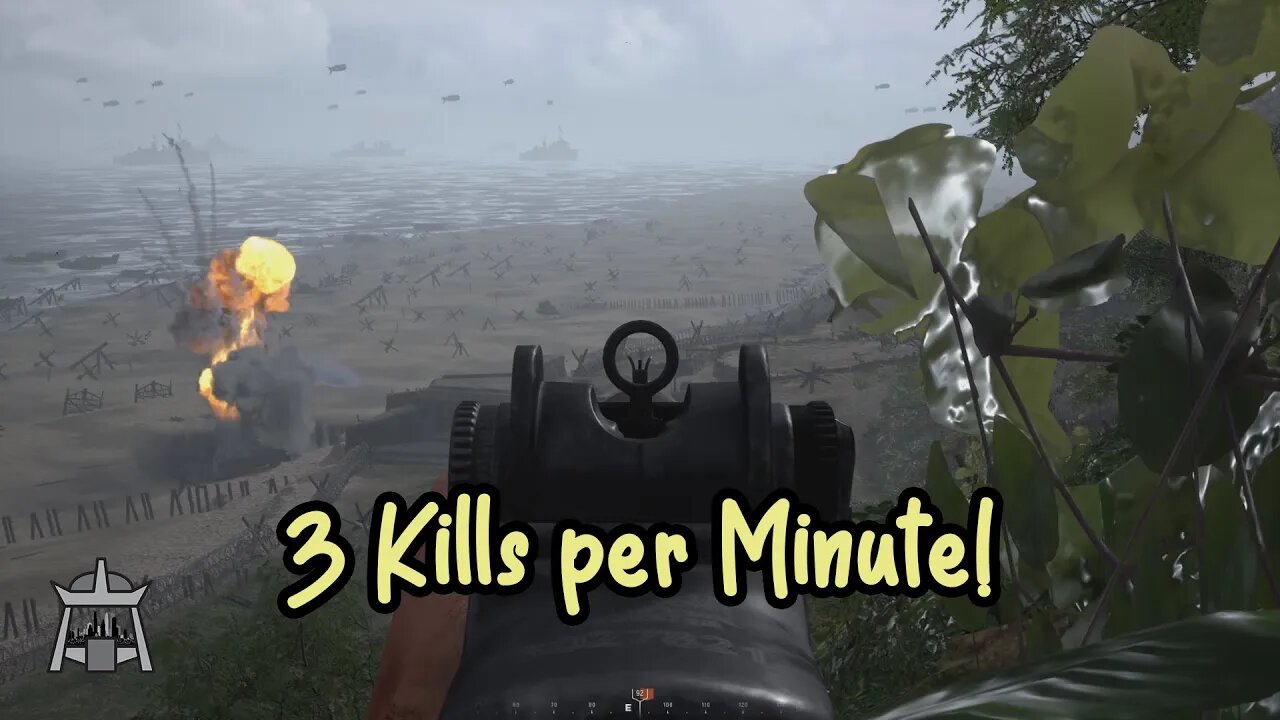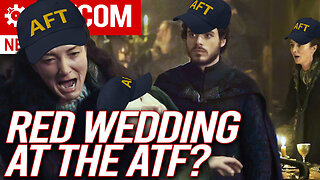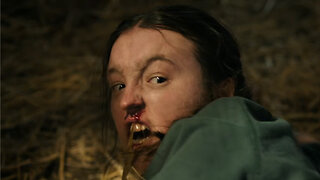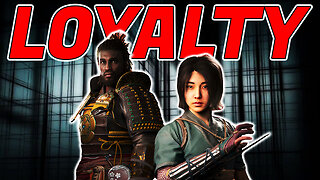Premium Only Content

Hell Let Loose - R.I.P. Update 8
Nerd Info - Regarding -dx12 Modifier Causing Stutters:
DX11 and DX12 differ in a few ways. The biggest one is that DX12 allows multi-threaded draw calls - that means in scenes with a LOT of detailed objects, the gpu won't be waiting for a single-thread of the CPU to file all the draw calls to the GPU one at a time. Thousands of time per frame, 50~100 frames a minute (or more / less).
Draw calls are simply the CPU processing the scene and telling the video card to render one identically-textured connected set of (UV) textured surfaces on a model, one at a time. If a model has four different textures on it, and all the faces using each like-texture are sewn together while modeling, then it will require four draw calls (or more, if there's LOD versions of that same model in the distance, different LOD's won't batch). If a model has forty different surfaces, each with a different texture, it will require 40 draw calls. It does not make much difference to the gpu if it's got to render 1 surface, or 10,000 surfaces with one draw call, the gpu can render all this in roughly equal time. Lots of little draw calls really slow down filling in the scene, especially if the engine has a lot of state changes in between. So it pays in DX11 and below to keep draw calls down more than say in DX12 where multiple threads are working to drive the GPU to fill in the scene.
Batching = multiple identically textured surfaces on a model will batch, this is implemented at game-engine rendering engine level. This has no performance hit and is only a bonus to performance if anything. They will all draw in at once, take for example, two or more identical doors on an apartment building.
LOD's = Levels of detail. These are how things are rendered in open-world 3D games for ages now, these get progressively simpler as the camera/player is further away, requiring less triangle fill from the GPU to render, and much less draw calls via the CPU to render.
-
 19:39
19:39
Clownfish TV
1 day agoRIP The Last of Us...
16.3K17 -
 11:03
11:03
WhaddoYouMeme
16 hours ago $4.34 earnedFamous Pastor Dies in an “Accident”—But Was It?
21.8K9 -
 12:20
12:20
The Official Steve Harvey
17 hours ago $2.51 earnedStephen A. Smith Gets Real About Haters – Steve Harvey Reacts
11.4K19 -
 9:14
9:14
ARFCOM News
17 hours ago $1.97 earnedDEA Merging W/ ATF?!? | ATF Raids 3D2A Enjoyers | DoJ To Sue DC?
25.9K10 -
 13:27
13:27
IsaacButterfield
1 day ago $1.73 earnedVEGAN BOOTY “RACIST”
14.8K55 -
 16:31
16:31
RealReaper
12 hours ago $1.58 earnedThe Last of Us S02E01 Weak Men and Annoying Girlbosses
30.2K22 -
 18:10
18:10
Degenerate Jay
13 hours ago $0.97 earnedIs This Ruining Assassin's Creed? - The Brand Loyalty Problem
17K -
 50:46
50:46
Esports Awards
18 hours agodGon on Korean League of Legends Dominance, Working the LCS & 2025 Predictions | Origins Podcast #4
28.2K2 -
 12:48
12:48
T-SPLY
17 hours agoDemocrats Keep Digging Their Own Hole Over El Salvadorian Prisoners
49.2K68 -
 2:55:26
2:55:26
FreshandFit
12 hours agoLuke Belmar ROASTS Girls For Being High And Unmarried!
141K118